Part 3: India Street Bazaar, Artisans’s Gallery, Mumbai
4th – 11th November 2018
For the Mumbai edition, designers and artisans were chosen for their work with traditional craftspeople, and their ongoing experiments with natural madder root. They respond to the story of Turkey red in their own voice and media.
At ARTISANS’ Geeta Khandelwal, Peoli, Rajesh Vankar, Pracheen, Fahd Khatri, and Indigene have been invited by the Director Radhi Parekh, to respond to the India Street story through their artisanal craft practice.
This brings the story full circle as they refer to Scotland’s industrial textile history and the Indian patterns it sought to replicate. These textile designers work intensively with artisans to champion sustainable fashion. Their collections use block printing, knitting, weaving, patchwork and quilting techniques, which reference the handmade textiles of the 19th century. They have uncovered formulas and recipes hitherto lost or incomplete. For example, Peoli has rediscovered Naga madder; and artisans from Kutch have revisited family dye recipes.
“The Mumbai edition of India Street at ARTISANS’ brings the story of madder in India up to date, as a counterpoint to 19th century story of Turkey Red. The project uncovers a decline in the use of natural madder where it was once prevalent. Many artisans who have switched to the easier-to-use synthetic Alizarin, are relearning traditional dye recipes. While drawing inspiration from Turkey red, the artisans have rediscovered their own histories.” says Radhi Parekh, Founder Director ARTISANS’.
Artisans and Designers for India Street Bazaar, Mumbai:
Peoli
Fair Isle Knit Sweater
Handknit Natural Madder-dyed wool
Produced by Peoli in Uttarakhand
Dhoundiyal’s collection of knitted and woven garments is informed by his study of Naga Madder in Nagaland, India. For India Street, the garments are hand knit in the hills of Uttarakhand using a Fair Isle technique, named after an island off Scotland, using local sheep and merino wool dyed in Naga madder. This reintroduces and celebrate indigenous Naga madder while re-connecting India with Scotland.
Indigene
Printed Madder Red Garments
Block print, patchwork and quilting in silk and cotton
Produced by Indigene’s artisans in Kutch and Delhi
This collection refers the handmade quilts of 19th century America using imported Turkey red fabric, in non-structured, free-size kimonos using patch-work and textured quilting. This checkerboard pattern is used extensively in quilts made with the Turkey red fabric in North America.
Indigene believes in responsible production practices and uses only handspun and natural dyed fabric. Their zero- waste policy is expressed in appliqued surfaces that use quilting and darning stitches prevalent all over India.
Fahd Khatri
Bandhani Scarves Madder red tie-dyed
Dyed by Fahd Khatri, in Bhuj, Kutch
Bandhani is the resist-dye technique from Gujarat, from which ‘Bandanas’, cotton Turkey Red squares, get their name. Khatri refers to the imitation roller-print polka dot Bandhanis found in the Bombay Sample Book and recreates them with hand-tied dots such as no machine can recreate. His is a personal journey to revive and rediscover madder red, and master the process once again.
Rajesh Vankar
Yarn-dyed ‘Aal’ Red (Morinda)
Shawl Handwoven yarn-dyed wool and silk
Produced by Vishramji Vankar studio, Bhujodi, Kutch
Vanker, a son of Masterweaver Vishramji Valji, launches a debut collection uses a colourfast crimson dye from the resinous secretion of the Lac (Lacier Lacca) insect. The handspun yarn is dyed and woven on the family’s looms in Bhujodi, Kutch, the first village to be conferred a Geographical Indicator (GI) in India. This additional source of intense natural red from India remains fast despite washing, rubbing or exposure to light, and complements the India Street madder story.
Pracheen
The father-son duo of Pracheen returned to natural dye in 1997. This fifth-generation block printer-designer-entrepreneur, have achieved international recognition for their signature designs which create a virtue of the irregularities of natural dye. They interpret the Turkey red Paisley motif in madder red and Indigo silk saris and stoles while reclaiming it from the Paisley of Scotland.
Geeta Khandelwal
Vintage British Turkey Red and Khadi, the Fabric of Freedom
Vintage Turkey Red and Khadi materials, using patchwork, applique, quilting
Produced by Geeta Khandelwal, Mumbai
Celebrated quilter, collector, and author, Khandelwal’s quilt is symbolic of the 70th year of India’s independence, as it uses both British Turkey red cotton, and Indian homespun hand woven Khadi. The patchwork literally pieces together the complex history of both countries – while metaphorically bringing them together. Khandelwal dyes madder in her own kitchen, and represents the emerging urban artist-artisan of India.
India Street is part of the UK/India 2017 programme and is supported by Creative Scotland, British Council Scotland and British Council India.
Exhibition Dates:
4th November – 12th November 2017
Preview Date:
Saturday 4th November 18:30 – 20:30
In Conversation with Sanjay Garg
An insight into the work and life of celebrated designer, India Street collaborator and Raw Mango founder Sanjay Garg.
5th – 11th November 2017
India Street Bazaar (Touring)
Artisans’ Gallery
52-56 Dr. VB Gandhi Marg Rhythm House Lane
Kala Rhoda
Mumbai 400001
India
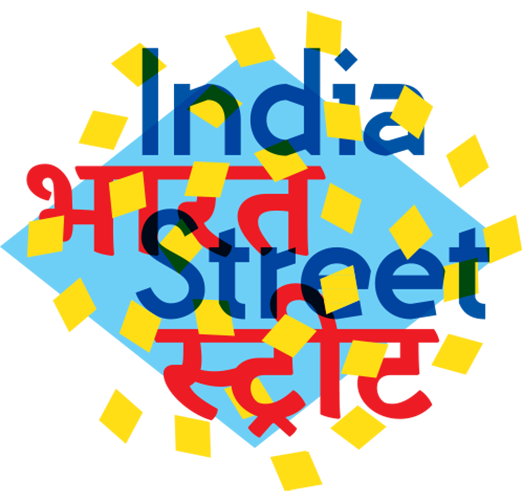
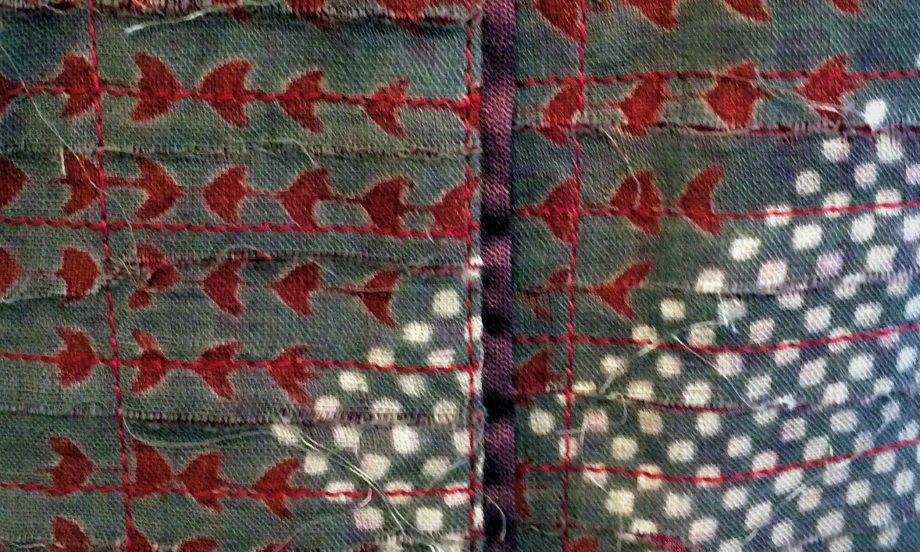 Indigene
Indigene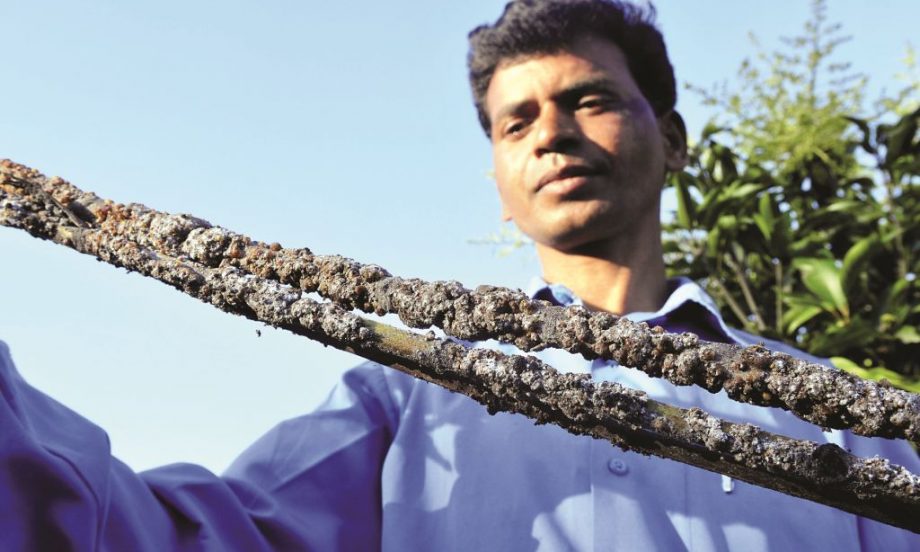 Rajesh Vankar
Rajesh Vankar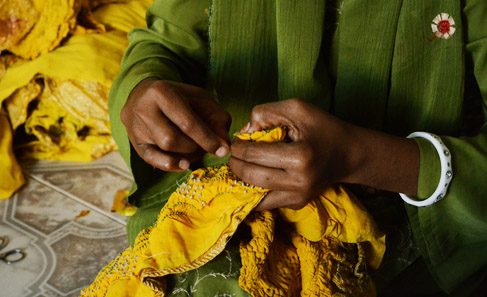 Fahd Khatri
Fahd Khatri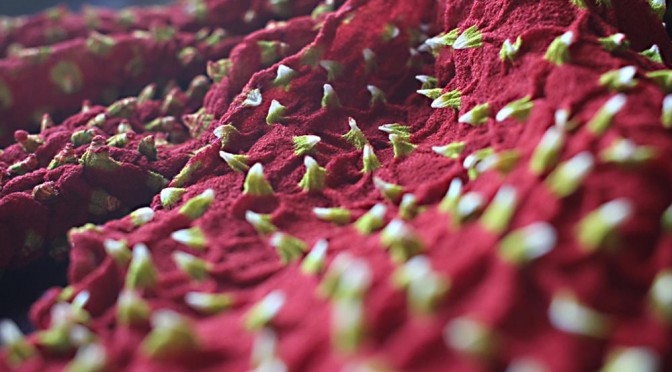 Fahd Katri
Fahd Katri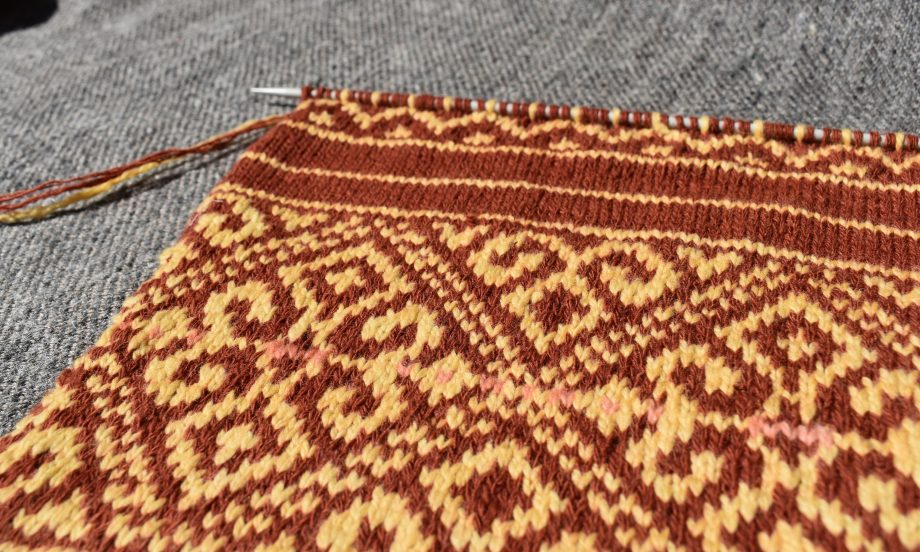 Peoli, knitwear
Peoli, knitwear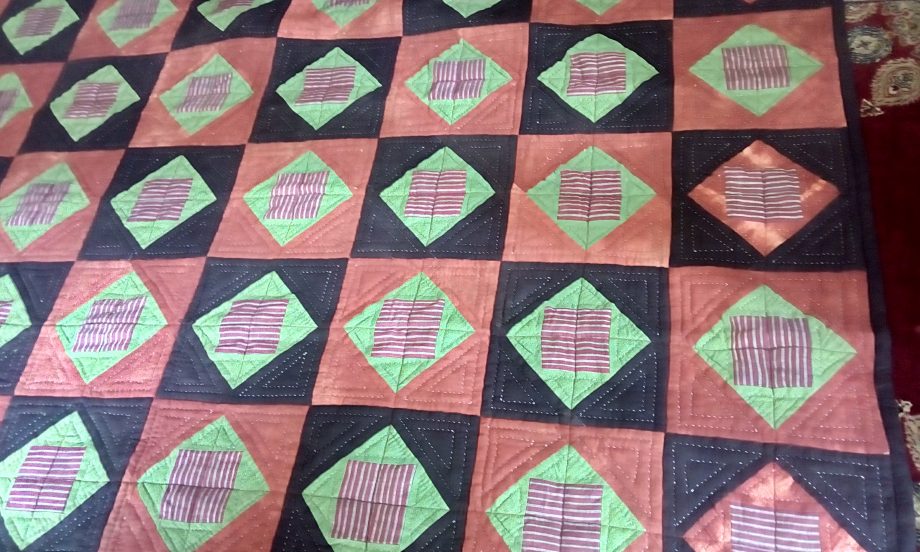 Geeta Khandelwal, quilt
Geeta Khandelwal, quilt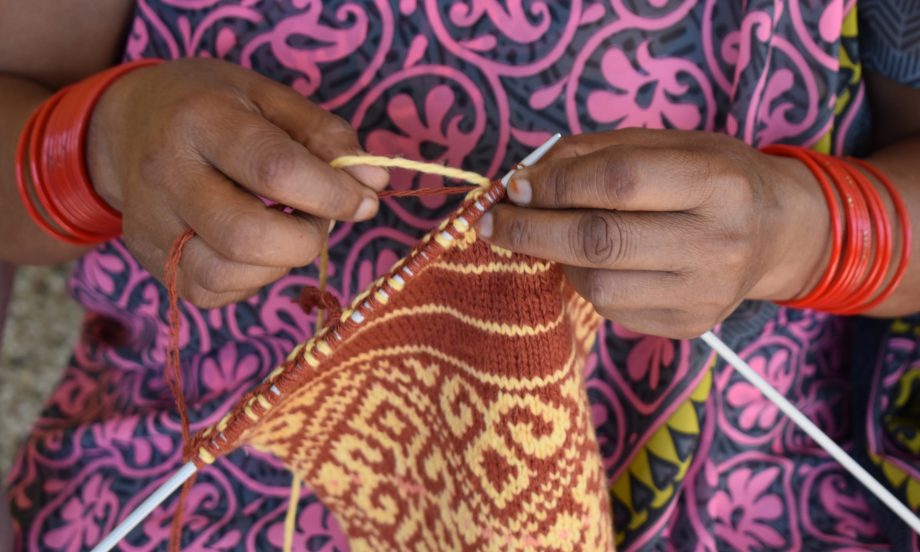 Peoli, knitwear
Peoli, knitwear